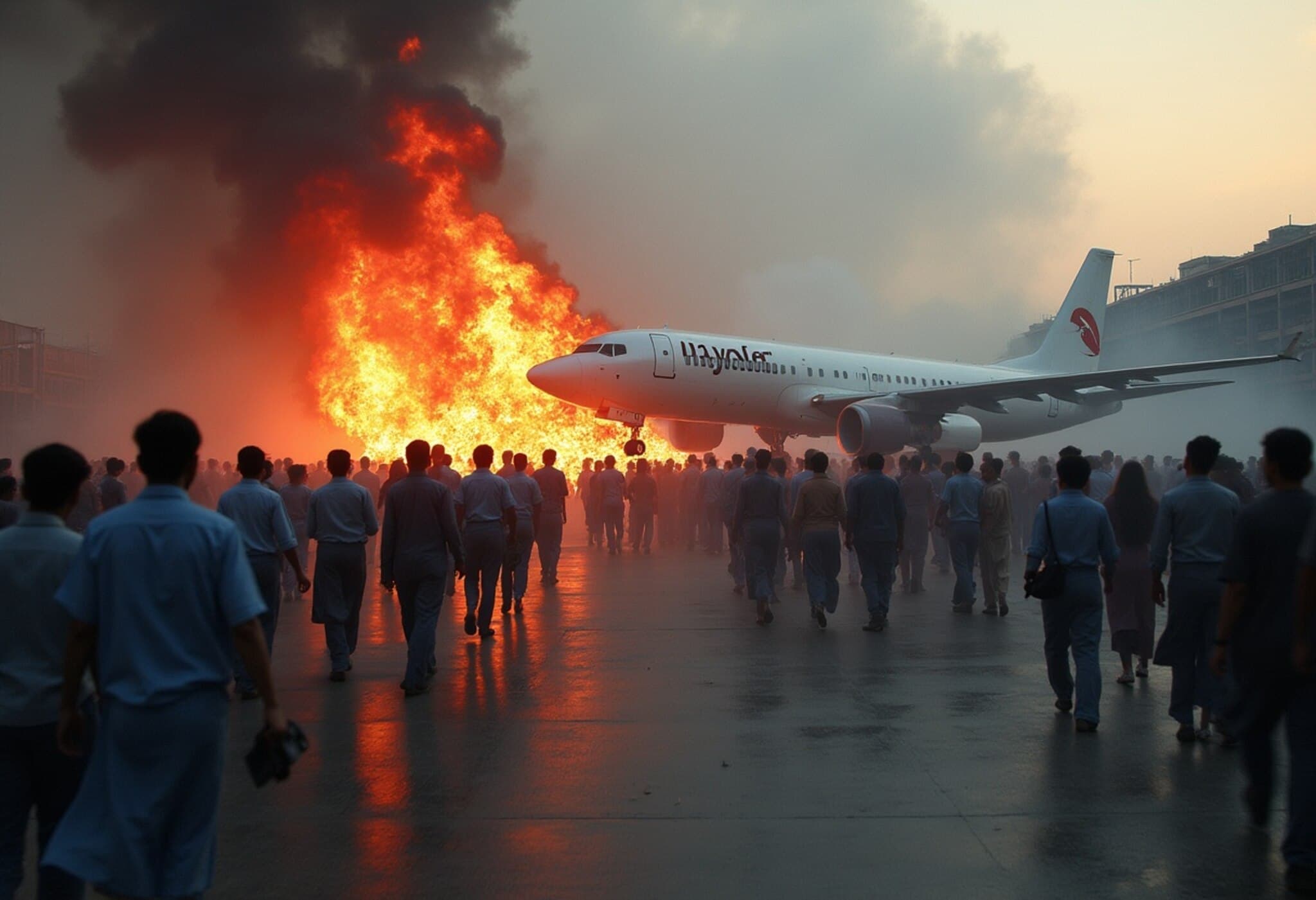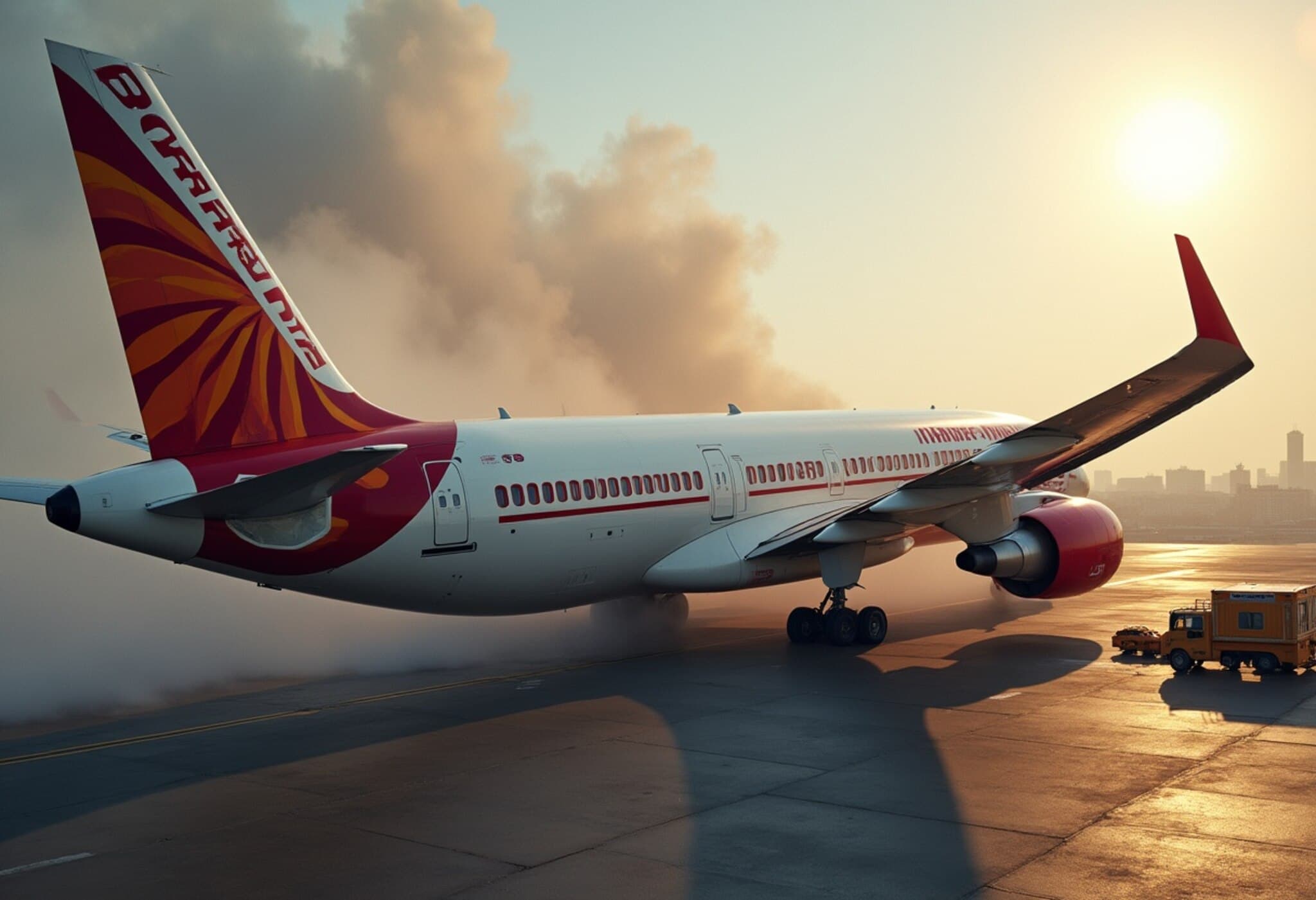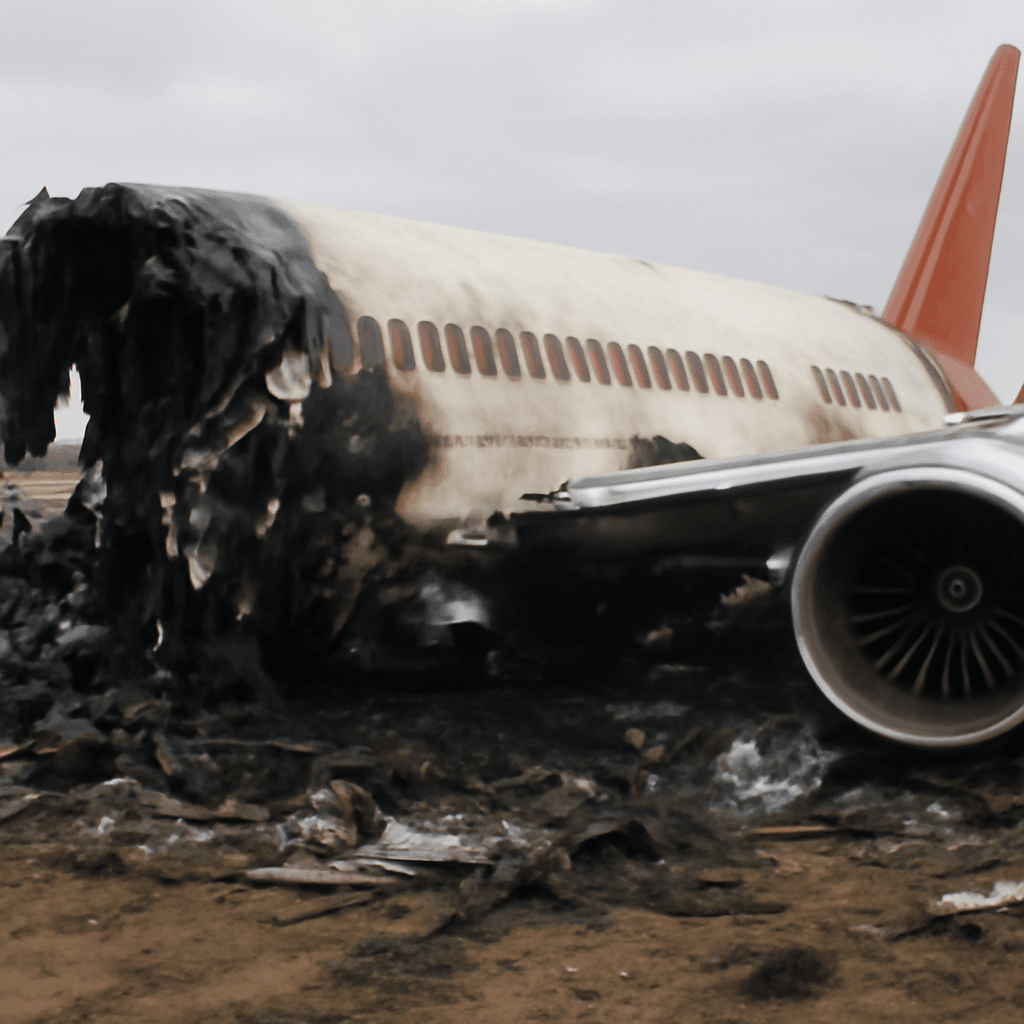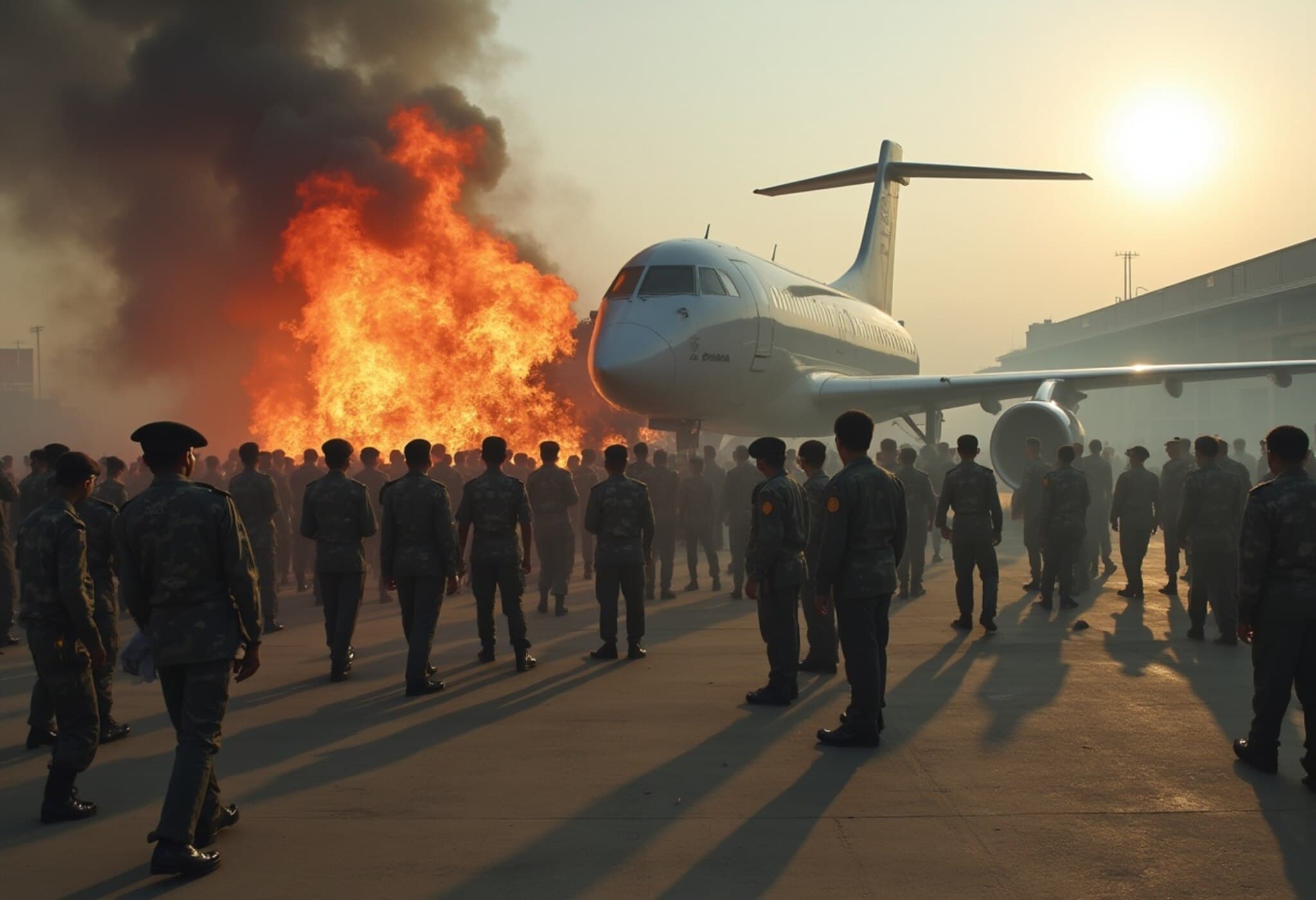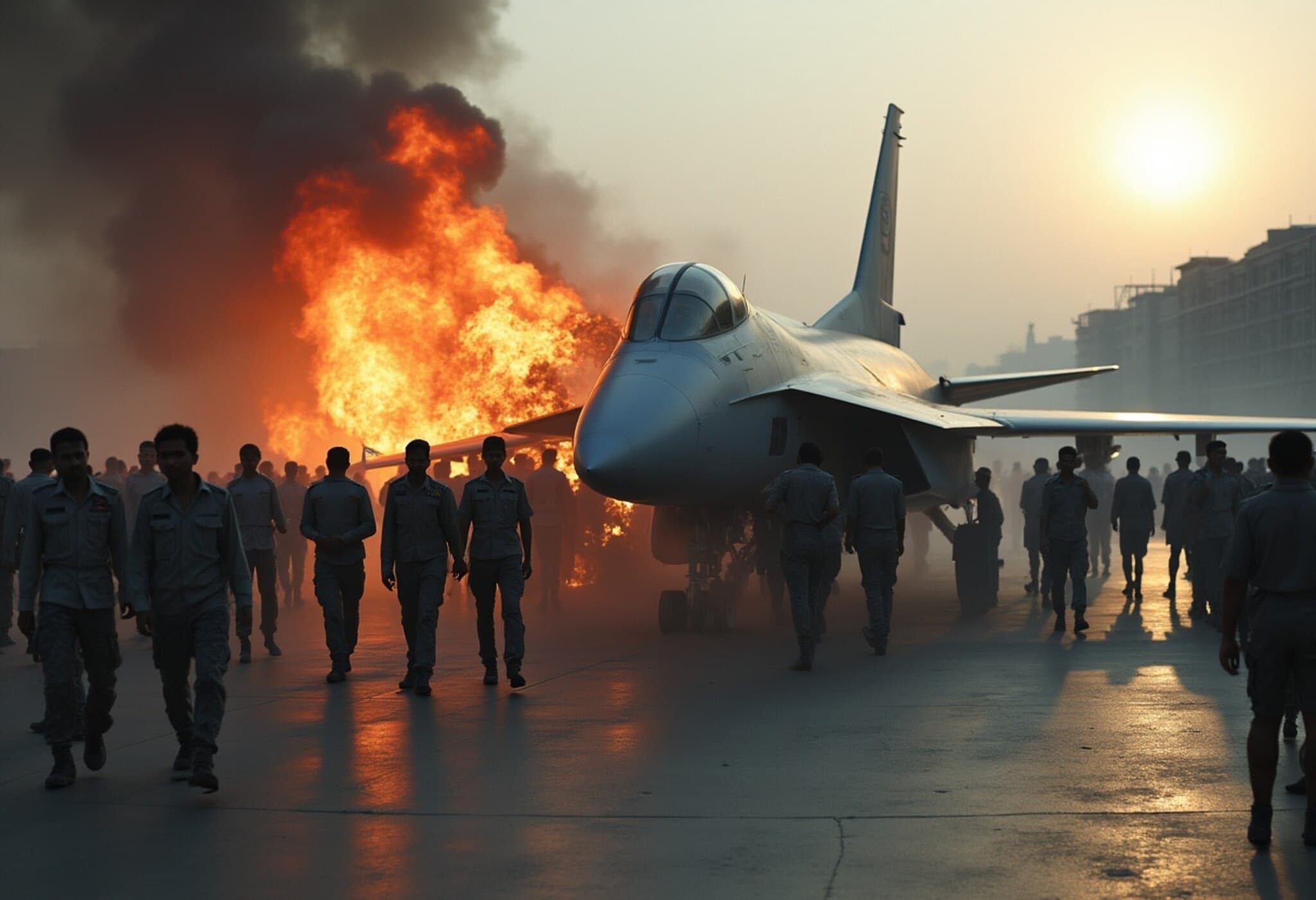Devastating Aircraft Crash Strikes Dhaka School, Leaving At Least 20 Dead
In a catastrophic incident early Tuesday morning, a jet aircraft tragically crashed into a crowded school in Dhaka, Bangladesh, resulting in the deaths of at least 20 individuals and injuring many others. The harrowing event has plunged families and communities into mourning while raising urgent questions about aviation safety and emergency response preparedness in densely populated urban areas.
Crash Details and Immediate Response
The crash occurred around dawn as the school was beginning its day, compounding the tragedy with children and staff among the victims. Eyewitnesses describe scenes of chaos and panic as students, teachers, and local residents rushed to evacuate the area amid plumes of smoke and burning wreckage. Emergency responders arrived swiftly, transporting the injured to nearby hospitals where many remain in critical condition.
Implications for Urban Aviation Safety
This disaster has reignited debates over flight operations near heavily populated zones like Dhaka, one of the world's most crowded cities. Aviation experts emphasize that while such accidents are statistically rare, their consequences are often magnified when infrastructure and emergency readiness are inadequate for rapid rescue and medical assistance.
According to aviation safety analyst Dr. Ayesha Rahman, "This tragic incident underscores the urgent need for stricter flight path regulations and enhanced pilot training programs, particularly in urban airspaces where any mistake can lead to massive casualties." She also highlighted the importance of integrating urban planning with aviation corridors to minimize risks.
Human Stories Behind the Headlines
Beyond the statistics lies a sorrowful human toll. Families are grappling with the sudden loss of children and educators, while survivors face long recoveries from severe injuries. Local schools have been closed temporarily as officials assess damage and provide psychological counseling to traumatized students and staff.
Broader Regional Impact and Next Steps
Bangladesh’s government has launched a full-scale investigation to uncover the root causes of the crash, including potential mechanical failures, pilot error, or systemic oversights. International aviation bodies have offered assistance, reflecting global concern about air safety in rapidly urbanizing areas.
Experts suggest this tragedy could catalyze renewed focus on improving aviation infrastructure, enforcing safety protocols, and developing comprehensive urban emergency management plans that are vital in countries facing rapid population growth and city expansion.
Preventing Future Tragedies
- Regulatory Overhaul: Enhancing oversight of flight operations near schools and residential areas.
- Emergency Preparedness: Investing in rapid medical response teams and disaster drills within urban schools.
- Community Awareness: Educating local populations about safety measures and evacuation procedures.
- Infrastructure Upgrades: Developing safer flight corridors that avoid sensitive urban zones.
Editor’s Note
This heart-wrenching crash in Dhaka starkly reminds us of the intricate challenges posed by aviation in rapidly growing cities. As communities rebuild and mourn, the imperative remains clear: safeguarding human lives requires a holistic approach that balances progress with proactive safety and preparedness strategies. Readers are encouraged to reflect on how urban environments worldwide can learn from this tragedy to mitigate future risks.

